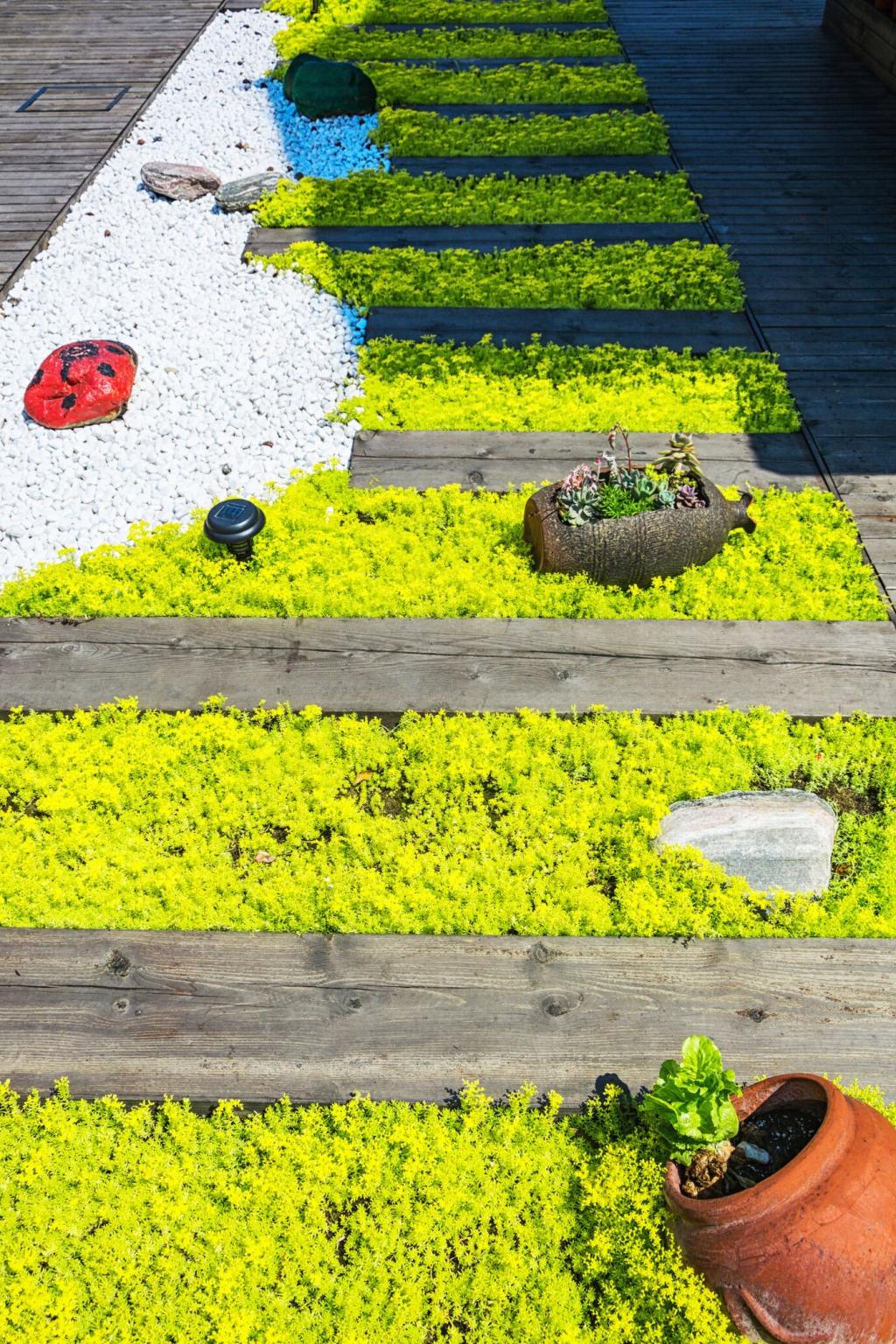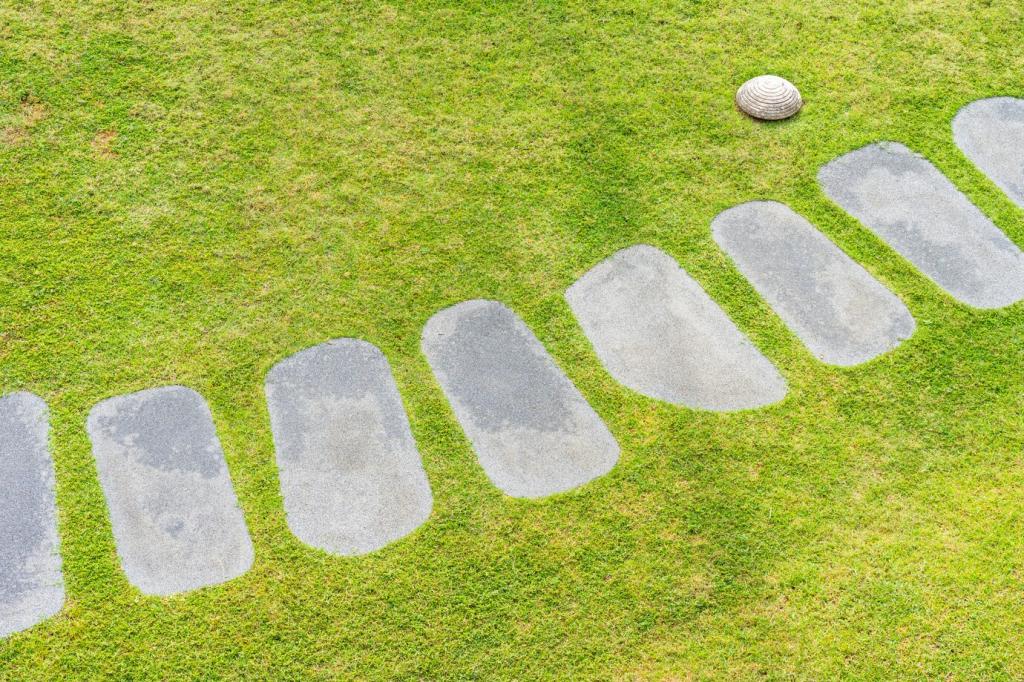
The Art of Less: Designing with Minimalism
Today’s theme is The Art of Less: Designing with Minimalism. Discover how deliberate restraint creates clarity, calm, and impact across digital products, brands, and spaces—and join the conversation by sharing how you make room for what truly matters.



Color and Typography that Breathe
Stick to a restrained base—neutrals or a calm monochrome—then introduce a single accent with clear purpose. Test that accent against real content. Tell us which hue became your reliable workhorse and why it earns its rare spotlight.

Minimalist Interfaces that Guide, Not Distract
Progressive disclosure done right
Reveal complexity progressively. Start with essentials, then surface advanced options contextually. Measure success by reduced errors and quicker completion. Share a flow you simplified and what you hid, moved, or renamed to make the path obvious.
One primary action per view
Every screen deserves one loud priority. Use size, color, and placement to crown the primary action; quiet everything else. Invite readers to critique a screenshot: is the main decision unmistakable within three seconds of opening the interface?
Microcopy that clarifies
Short, friendly microcopy reduces cognitive load. Replace jargon with verbs users naturally say. Pair labels with examples, not explanations. Collect phrases overheard during research and shape them into interface text, then tell us which tiny rewrite moved metrics most.
Objects and Interiors: Quiet Forms, Honest Materials
Choose materials that tell the truth: unlacquered brass, natural oak, raw linen, recycled aluminum. Let patina and texture provide character instead of ornament. Share a tactile detail at home that steadies your focus the moment you notice it.
A Practical Declutter for Your Design Process
Audit content like an editor
Perform a ruthless content audit. Label every block as must-have, nice-to-have, or noise. Remove duplicates, merge cousins, and postpone tangents. Tell us which single deletion created the biggest clarity win for your team or client.
Standardize components, reduce decisions
Build a lean component library with thoughtful defaults. Standard buttons, spacing tokens, and grid rules reduce decision fatigue. Invite collaborators to propose removals, not additions. Share a component you cut and how it simplified the rest without compromise.
Practice decisive subtraction
Practice decisive subtraction in critiques. Ask, “What would break if we removed this?” If the answer is nothing, cut it. Repeat weekly, record outcomes, and comment below with one fearless edit that improved flow, speed, or serenity.

Durability and repairability first
Prioritize durable goods, repairable construction, and modular parts. A solid pan, a serviceable lamp, a replaceable battery outlast trend cycles. Tell us one item you repaired instead of replaced, and what that decision taught you about design responsibility.
Timeless over trendy
Choose forms that age gracefully, avoiding novelty that expires quickly. Timelessness comes from proportion, touch, and restraint. Share a product that improved with years of use, and explain how its design encouraged care, maintenance, and ongoing affection.
Digital performance as an eco-choice
On the web, lighter pages mean less energy. Optimize images, ship fewer scripts, and embrace system fonts. Track performance budgets and celebrate reductions. Comment with one kilobyte-saving trick that preserved beauty while making the experience measurably faster.
